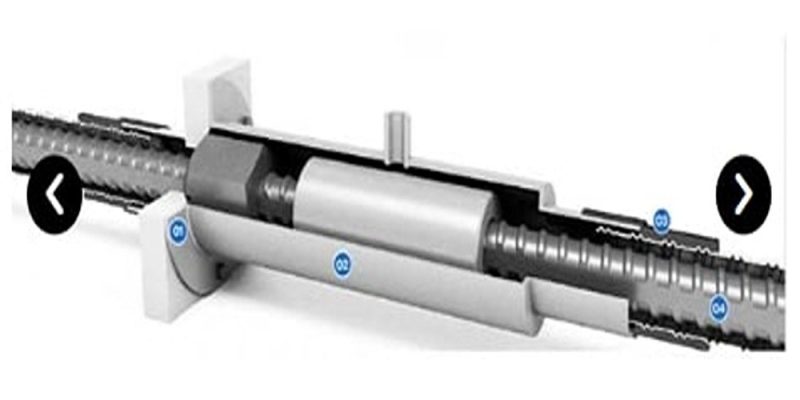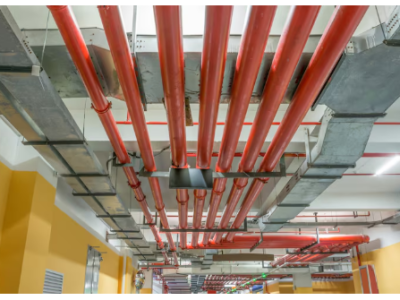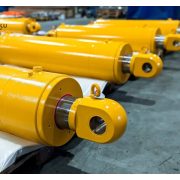Coastal and underwater construction projects face unique engineering challenges that demand specialized structural solutions capable of withstanding harsh marine environments. These projects must contend with constant exposure to saltwater, tidal forces, wave action, and complex loading conditions that differ dramatically from terrestrial construction. Marine structures require reinforcement systems that maintain structural integrity while resisting corrosion, fatigue, and the dynamic forces inherent in aquatic environments.
Tie Bar systems have emerged as essential components in marine construction, providing critical structural connections that enable the construction of durable coastal infrastructure. These reinforcement elements serve multiple functions in underwater and coastal applications, from connecting precast segments to providing continuity across construction joints in marine concrete structures.
Precast marine connections
Precast concrete construction has become increasingly popular in marine environments due to improved quality control and reduced exposure time during installation. Marine tie bar systems enable the assembly of large precast elements underwater or in tidal zones where traditional cast-in-place concrete would be impractical or impossible. These connections must accommodate the unique installation challenges of marine construction, including:
- Limited visibility and restricted access during underwater operations
- Need for rapid assembly during favorable weather windows
- Accommodation of minor misalignments while maintaining structural capacity
- Watertight joint requirements between adjacent elements
Precast pier sections, sea walls, and breakwater components rely on these connections to transfer loads between adjacent elements while maintaining structural integrity. The precision required for underwater assembly demands connection systems that can achieve full structural capacity despite challenging installation conditions.
Saltwater corrosion resistance
Marine environments present extreme corrosion challenges that can rapidly degrade conventional steel reinforcement. Saltwater exposure, oxygen availability, and temperature fluctuations create aggressive conditions that accelerate electrochemical corrosion processes. Marine tie bar systems incorporate specialized protection measures:
- Stainless steel alloys resistant to chloride attack
- Galvanized coatings provide sacrificial protection
- Cathodic protection systems for active corrosion prevention
- Epoxy coatings create barrier protection
Choosing the right material depends on water salinity, temperature ranges, and service life requirements. Proper detailing of marine connections also includes measures to prevent crevice corrosion and galvanic incompatibility between dissimilar metals.
Dynamic load management
Marine structures experience complex loading patterns, including static dead loads, variable live loads, and dynamic forces from wave action and water currents. These dynamic loads create fatigue conditions that can lead to progressive failure if not adequately addressed in the structural design. Tie bar connections in marine applications must accommodate these cyclic loading conditions while maintaining their structural capacity over millions of load cycles. To establish appropriate fatigue resistance requirements, the design considers wave height statistics, current velocities, and tidal variations.
Rapid deployment solutions
Marine construction often operates within narrow weather windows and tidal constraints that demand efficient installation procedures. Construction crews must complete critical operations between storm events or during specific tidal conditions that provide adequate access to work areas. The design of marine tie bar systems prioritizes ease of installation while maintaining structural performance. Quick-connect mechanisms and self-aligning features reduce installation time and minimize the risk of connection failures due to rushed assembly procedures. Prefabricated connection assemblies are prepared onshore and transported to marine construction sites, reducing underwater work time. This approach improves quality control while reducing exposure to hazardous marine conditions.













Comments